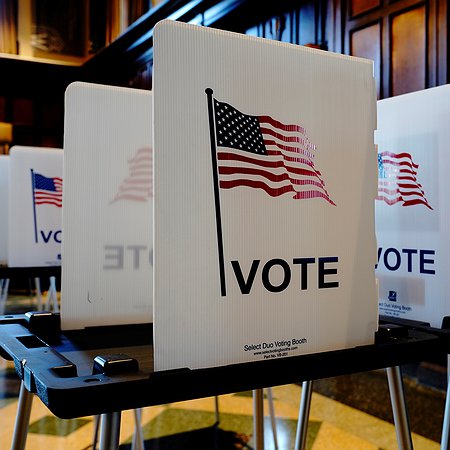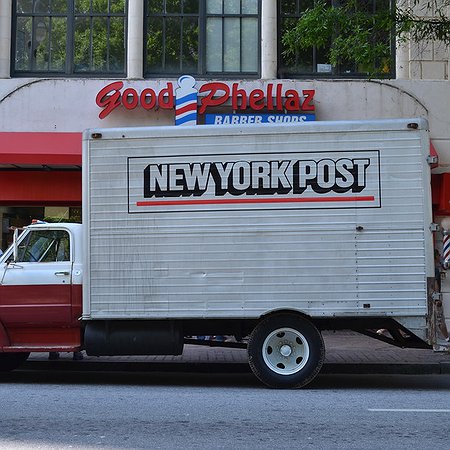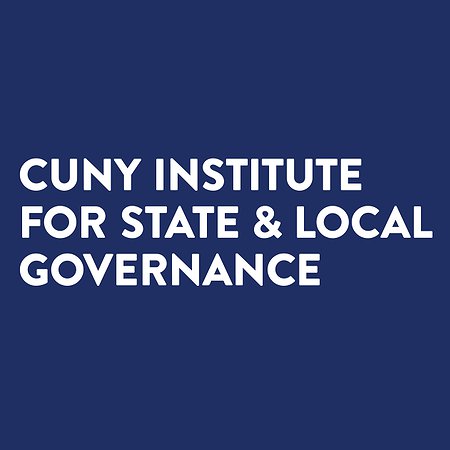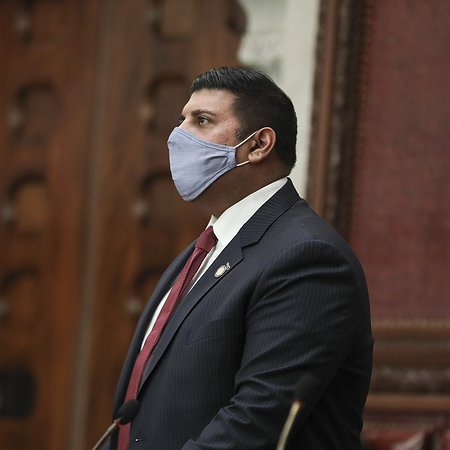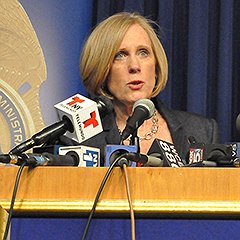Despite Facts, Gov. Hochul Caves to Fearmongering on Bail
Gov. Hochul’s proposal to roll back modest reforms threatens hundreds of thousands of New Yorkers. It is based on a concerted disinformation campaign by anti-reform officials and lobbyists.
The Briefing
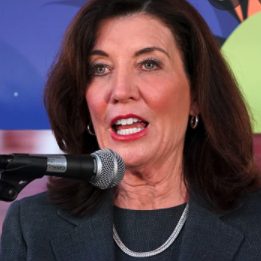
Gov. Hochul’s proposal to roll back modest reforms threatens hundreds of thousands of New Yorkers. It is based on a concerted disinformation campaign by anti-reform officials and lobbyists, who have lied not only about public safety solutions but repeatedly and relentlessly about facts in specific cases and the law itself. Within 24 hours of Gov. Hochul releasing her mass jailing plan, two people died on Rikers Island while jailed pretrial. Instead of sending more people to suffer and die, we need real solutions. All New Yorkers deserve safety, and the safest communities have the greatest resources—not the highest incarceration rates.
ON BAIL
Hochul’s Proposal: Introduces a “dangerousness” standard for the first time in New York State’s history.
The Facts:
-- A so-called “dangerousness” standard—couched as a “public safety” consideration—allows a demonstrably racist prediction of future behavior to determine whether someone is presumed innocent. This would worsen racial disparities; in NYC, 92% of people in jail are non-white.
-- To compare, New Jersey adopted a “dangerousness” standard, and has a higher incarceration rate (128 out of 100,000 in NJ vs 102 out of 100,000 in NY) and a higher felony re-arrest rate than New York (14.4% in NJ vs. 13.3% in NY). This in itself proves that a dangerousness standard does not equal more safety. Importantly, since introducing the standard, the racial disparities in New Jersey’s jail population became even more striking. Since introducing the standard, the racial disparities in New Jersey’s jail population became even more striking.
Hochul’s Proposal: Eliminate the “least restrictive means” requirement to ensure return to court for the first time in New York State’s history.
The Facts:
-- Diverging from a “least restrictive” requirement would usher in the most regressive bail laws in New York history. Least restrictive has always been the constitutional standard; reform only codified it clearly. This bill would create a presumption of incarceration for legally innocent people.
-- Jail populations are already back to pre-reform levels. Adding more New Yorkers accused of low-level offenses will ensure more suffering, not public safety.
Hochul’s Proposal: Make “gun charges bail eligible,” despite this already being the case, and expand jailing for low-level charges.
The Facts:
-- Possessing a loaded (“loaded” in NYS = bullets are nearby) firearm has always been a bail eligible charge. Penal Law 265.03 is a C violent felony with a 3.5 year mandatory minimum sentence, despite no allegation that the gun was ever fired, brandished, or used in a crime.
-- Bail is already set in 69% of possession cases, and less than half are able to buy their freedom, while a vanishingly small number of people who are freed pre-trial are re-arrested and accused of this offense. These proposed changes contribute to disinformation on current law and will only undermine existing rights and further cement inequities around gun prosecutions. According the Department of Corrections, 97% of the people held in jail in NYC on this top charge are non-white.
-- Less than 1% of people awaiting trial in their communities were rearrested (arrest meaning only a police allegation, not a finding of guilt) on a firearm-related charge. People facing gun charges are also equally entitled to a presumption of innocence – and vulnerable to police lies.
Hochul’s Proposal: Make “repeat arrestees” eligible for bail, use assessments of previous contacts with the criminal system to justify pre-trial detention, and expand bail-eligible charges to more low-level allegations.
The Facts:
-- The universe of bail-eligible charges is already broader than misinformation around the law suggests, but this proposal would expand it even further to encourage the jailing of more New Yorkers facing charges that rarely end in criminal convictions— let alone jail sentences. Current law already makes many repeat arrests eligible for bail. People on probation or parole may have bail set in any case. Even if a person is charged with a crime that is not bail eligible, they may still have bail set if they are arrested again while free pre-trial under the law’s “harm plus harm” provision.
-- In NYC, only 12% of misdemeanor charges result in a criminal conviction of any kind. Many are dismissed. Meanwhile, of the 189,000 reported misdemeanor arrests between 2019 and 2020, Black people made up 49.8% (despite accounting for just 20% of NYC’s population).
-- People who are more likely to be targeted by cops because of their race and neighborhood are also most likely to be impacted by this rule, magnifying already-biased practices.
-- The proposal also presumes guilt for people who rely on public transit, a racial and socioeconomic issue.
-- A person’s repeated contact with the racist and ineffective criminal legal system via police or criminal charges is a sign of the system’s failures that far pre-date reform.
-- As Dr. Ross MacDonald, Chief Medical Officer in NYC jails, said: “The money spent on 138 arrests could have paid for permanent supportive housing about 110 busts ago, but here the media advocates for a return to a policy that is literal insanity—expecting the 139th or 140th to be the one that fixes [the] problem.”
Hochul’s Proposal: Expand involuntary commitment and make a person’s history of criminalized mental illness a basis for indefinite pre-trial detention.
The Facts:
-- Many people experiencing mental illness are continuously failed well before falling into a cycle of jail and criminalization. They are far more likely to be impoverished and unhoused, and to be harmed by violence.
-- More than half of people detained pre-trial are designated as experiencing mental illness. Even more suffer while undiagnosed. All are neglected, traumatized, and stigmatized through jail.
-- Jail and prison are not treatment. NYS already has a lack of psychiatric beds, and jails are perpetually in violation of court orders to provide bare minimum services.
-- We need healthcare and meaningful access to services and stability, not more jail. Indefinitely detaining people based on their mental health status—as with race and financial means—is a human rights violation.
DISCOVERY
Hochul’s Proposal: Gives District Attorneys power to withhold evidence based on their subjective analysis and weakens requirements to diligently turn over evidence.
The Facts:
-- This proposal would restore flagrant injustices of the repealed Blindfold Law, which fueled wrongful convictions and forced New Yorkers to either remain in jail indefinitely or take coercive pleas without access to information about their case.
-- Prior to reform, accused people who wanted to see the evidence in their cases, or lack thereof, had to wait for months and even years to do so, often while incarcerated.
-- Prosecutors frequently premised plea offers on the accused person’s waiver of their right to discovery. Nearly all people who pled guilty did so with a “blindfold” on.
-- The Blindfold Law was implicated in Kalief Browder’s case, who maintained his innocence for three years while enduring the horrors on Rikers Island on unaffordable bail and blind to the non-existing evidence in his case before his case was dismissed. Going backward ensures that many more people—especially Black and brown people—will be faced with the same impossible choices that Kalief was forced to make.
2019 Reform
-- The new statute simply required the sharing of evidence by default between the prosecution and defense on a reasonable timeline.
-- It created additional safety protections for witnesses. Prosecutors may also request extensions and exceptions to the statute for a variety of reasons.
-- Allowing DAs to control what gets turned over and when only adds fuel to the fire of wrongful convictions. While DAs claim their jobs are made harder by sharing information, this is only true to the extent that coercive practices were an essential element of their work.
ON RAISE THE AGE
Hochul’s Proposal: Subjects more children to the adult criminal court system.
The Facts:
-- Raise the Age recognized widely-accepted data and science related to juvenile brain development and the damaging effects of jail and criminalization on children. It allowed for some cases involving 16 and 17 year olds to be heard in family court (instead of adult court). NY was late to the trend, and the changes include significant carve-outs and a maximum age (18 years) lower than widely accepted age of brain maturation (25 years).
-- How it Works
-- Many gun and other serious charges for 13+, as before, are not automatically in family court.
-- When these cases are heard in family court, judges have an even greater ability to detain or monitor the children who appear before them. Family court judges have a wide range of pre-trial monitoring, curfew, and programming mandates to impose on the child.
-- New York must ensure that full funding from Raise the Age is reaching communities to provide non-carceral, age appropriate rehabilitative programming for young people to help end cycles of rearrest. This has not happened in the five years since the law was enacted.
-- The American Academy of Pediatrics has repeatedly called on courts to stop jailing youths.
-- Reactionary calls to do so amount to scapegoating young people for societal failures, and are reminiscent of the use of the “superpredator” label in nearly identical contexts in the 1990s.
-- Jail fails to address the root issues of harm while often further condemning children to a lifetime of fear and hardship. The Center for Court Innovation recently interviewed 330 young people about guns, violence, and proposed safety solutions. 88% had a loved one who had been shot and 81% had been shot or shot at. Most reported being harassed for small infractions or feared being shot by the police. And nearly nine out of ten of them, after witnessing and experiencing violence, had at some point carried a gun.
-- Charging children as adults does not enhance community safety. Gun violence in New York City was significantly higher in the 1990’s and early 2000’s, when all 16 and 17 year olds were charged as adults. Alternatively, during the first 18 months of Raise the Age implementation, shootings in New York City remained the lowest they have been in decades, even as incarceration rates of 16 and 17 year-old children declined.
ON THE NUMBERS
Calls to roll back these reforms exploit legitimate public concern and a shared desire for safety. Moreover, statewide reforms have simply not resulted in statewide increases in crime rates. Westchester County, the wealthiest county in the State, has experienced double digit drops in all crime measures despite implementing the same policies as everywhere else in the State. Rejecting these dangerous proposals is a matter of putting people before politics. All New Yorkers deserve safety, and the safest communities have the greatest resources—not the highest incarceration rates.
